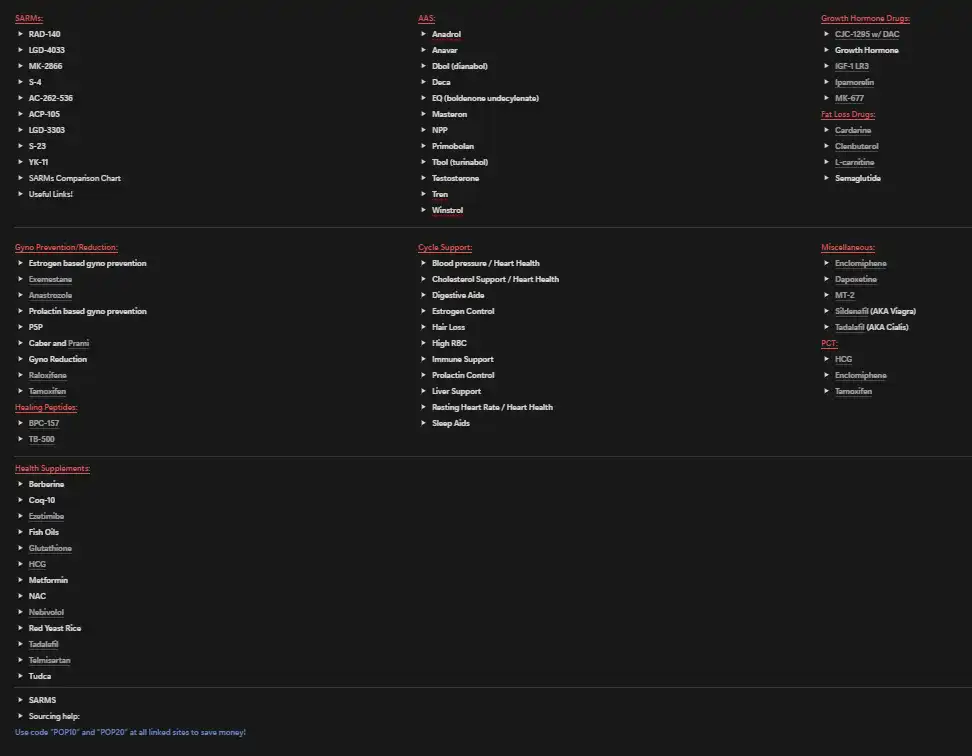Methylene blue is a fascinating chemical compound with a fascinating history and a wide array of applications. Known by its scientific name, “methylthioninium chloride”, this versatile dye has found its way into various fields, from medicine to chemistry, to photography and even bio-hacking.
In this article, we will delve into what makes Methylene Blue such a unique compound, and what its applications are in a bio-hacking context.
Before explaining how Methylene Blue works and what it does to the body, I think its worth discovering where it comes from and what its historical uses have been.
Methylene Blue was originally synthesized in the late 19th century to be used as a dye for textiles due to its strong, deep blue color. A few decades later, in the early 20th century, its therapeutic properties were discovered and it was used to combat malaria and radiation as well as an antidote for various forms of poisoning.
In recent years, Methylene Blue has gained popularity among biohackers for its health and performance-enhancing properties.
Mitochondria, often referred to as the cellular powerhouses, are pivotal for energy production. One of the most captivating aspects of Methylene Blue is its ability to enhance mitochondrial function. It works by accepting and donating electrons, which helps improve the efficiency of the electron transport chain, a critical part of energy generation in cells.
By optimizing mitochondrial function, Methylene Blue can:
Methylene Blue also exhibits robust antioxidant properties. It can counteract oxidative stress, a condition where an imbalance between free radicals and antioxidants can lead to cellular damage and aging. In the context of biohacking, this is particularly significant because oxidative stress can impair cognitive function and accelerate the aging process.
Methylene Blue’s antioxidant capabilities offer biohackers the following advantages:
Methylene Blue has also been shown to have significant anti-inflammatory, anti-cancer, neuroprotective, anti-depressant and anti-infective properties. It truly is a swiss army knife of medicine that is still largely overlooked by the pharmaceutical industry (probably because it fixes a lot of the issues their expensive medicines are designed to “mask”).
Methylene Blue is extremely safe and rarely causes concerning side-effects. Some possible issues include:
It is important not to mix it with SSRIs (antidepressants) as it can interact with them and cause unwanted mental health problems.
Methylene Blue is typically dosed at 0.5 to 2mg per KG of bodyweight. Start low and work your way up to 4mg/kg. If you tolerate that dose well, you can try going as high as 4mg/kg (just titrate it up slowly).
It can be cycled during times where heightened energy and focus are necessary, or taken occasionally as needed
premium resources

Everything you would ever want or need to know about SARMs to use and recover from them. Also includes other research chemicals.

An all-in-one guide that will teach you how each of the peptides works, how you can use them and find the perfect one (or stack) to reach your goals.

Wish there was ONE comprehensive, easy-to-read guide to get you fully informed on the safe and effective use of anabolic steroids?

Improve penile function, get harder fuller and longer-lasting erections, increase stamina in bed and last longer, go more rounds. All the good stuff.

A summary of everything you NEED to know about using PHs as safely as possible, supplements to stay as healthy as possible during cycles and how to recover (PCT).

A document I originally made for my clients. A neat map to the sphere of PEDs and supplements.
You'll receive the link and a once-a-week PED-related article in your inbox upon subscribing.
A special gift to all my email subscribers. The PED Dictionary is a DOC designed to help you navigate the world of enhanced bodybuilding. A game changer for beginners that want to learn more but don't know where to start, and a must-have handbook for even the most advanced enhanced researchers.